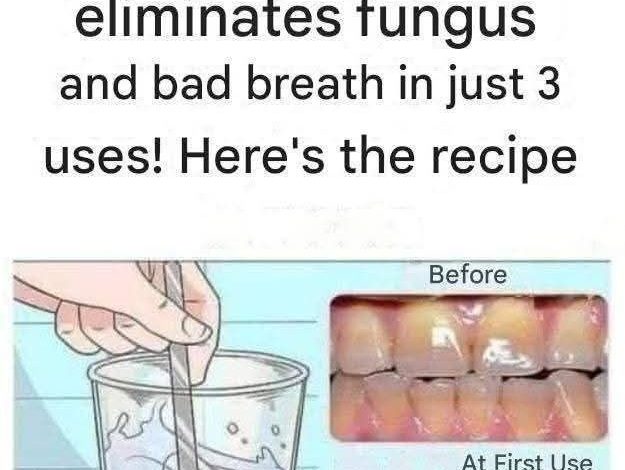In your small mixing bowl, combine the 2 tablespoons of baking soda and the 1 tablespoon of hydrogen peroxide. Stir the mixture well until it forms a smooth, thick paste. If the paste seems too stiff, you can add a teaspoon of water and stir until you get the right consistency. For a refreshing boost, you can mix in 1–2 drops of peppermint essential oil, if desired.
Step 2: Apply the Paste
Wet your toothbrush and gently dip it into the paste. Apply the paste to your teeth, using a soft, circular motion. Be sure to focus on areas where you see visible surface stains or plaque buildup, especially along the gumline. It’s very important not to scrub too hard, as this can irritate your gums and may damage your enamel over time. Pay extra attention to hard-to-reach areas, like your back teeth.
Step 3: Let It Sit
After brushing, allow the paste to sit on your teeth for 1–2 minutes. This gives the ingredients time to work. During this time, avoid swallowing the paste. When the time is up, spit it out.
Step 4: Rinse and Finish
Rinse your mouth thoroughly with water to remove all of the paste. You can then use dental floss to clean between your teeth and help remove any loosened particles. For an extra clean feeling, you can finish by rinsing with an antibacterial mouthwash.
Tips and How It Works
This recipe works due to the natural properties of its main ingredients. Baking soda is a very fine powder, and its tiny particles act as a natural polisher that helps to gently lift and scrub away surface stains and food debris from your teeth. Hydrogen peroxide is an oxidizing agent, meaning it helps to break down the molecular bonds of stains, and it’s also known for its antibacterial properties that can help kill germs in your mouth.
Important Reminders for Safe Use:
Limit Use: This paste should not be used daily. To avoid potential sensitivity or irritation, use it no more than once or twice a week.
Listen to Your Body: If you experience any pain or increased sensitivity in your teeth or gums, stop using the paste immediately and consult your dentist.
Understand the Difference: This recipe can help with soft plaque and surface stains, but it is not a cure for advanced gum disease or hardened tartar, which must be addressed by a professional.
